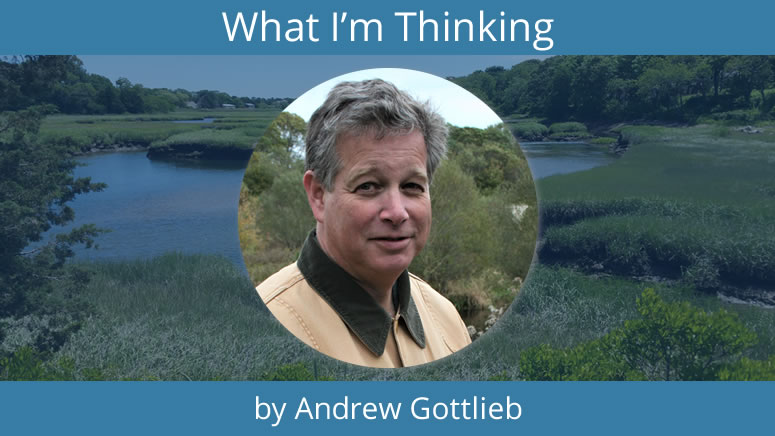Everything about this past weekend was exactly what you would expect for typical early summer; days filled with yard work and preparations for the eagerly anticipated resumption of family visits interrupted by a year of Covid isolation. Everything was as expected for me except one big thing, a jump in the lake to cool off. I couldn’t go in the water because the pond I live on was under a public health order due to the presence of cyanobacteria at alarming levels. Coming in June instead of early Fall as has been the unhappy pattern of the last few years, this use restriction hit me–and all for whom the lake becomes the center of their universe for the all too short summer season–very hard.
Predictably, there was a lot of unhappy chatter on Facebook, some misinformed and hostile toward the town agencies who are working to protect the public health, but much of it just screaming into the echo chamber. While I tend not to engage in social media discussions, I did feel the need to jump in with essentially what follows because we need to channel worry about the ponds into an effective push to change personal behaviors and town action plans. Here is my message, edited to be a little more widely applicable to what is happening across the Cape.
All the commenting on Facebook will change nothing. These steps can be taken by anyone who cares about ponds.
1. Get educated about the causes of cyanobacteria outbreaks and how what you do has an impact on pond health.
2. Get active. Go to meetings and speak up. Demand action and a faster pace. I can’t stress enough that comments at select boards / town council meetings matter. Facebook posts do not.
3. Register to vote and show up to vote for water quality investments. Support the candidates who support water quality improvement. Vote against those that don’t.
4. Stop fertilizing your lawn. Period. A lot of the nutrients end up in the pond. Sure, the bogs may add some too, but if you fertilize your yard, you are part of the problem. Blaming the bogs and others is easy, but it is lazy. If you don’t like the green pond, say goodbye to the green lawn. They are related.
5. Plant a buffer of native plants between your lawn and the water. The native plants don’t need fertilizing and will intercept some of the nutrients coming off your lawn and keep them out of the water. Look up native plant lists at APCC.org.
6. Organize your neighbors. Share information and knowledge. No one sets out to harm the pond, but a lot of what we do does just that.
7. Realize this will take time but keep pushing. The towns will move as fast or as slow as voters and taxpayers demand or allow.
Like most Facebook posts, I am not sure this message changed much, but I’ll see if more people comment to my select board.
As for looking in the mirror, I did some of that too. While I don’t fertilize my lawn and added a lot of clover to it this past spring, I realized I can expand my native plant buffer. That project leapfrogged all others to the top of my to do list. Changes in property care practices will not be enough to restore what we have lost, but they are a start and are tangible steps that can be taken starting today while working the long game that ultimately solves the underlying problem. APCC.org is loaded with great information on native planting and better land management practices, daily cyanobacteria monitoring results and an email listserve that will alert you to ponds registering concerning levels of cyanobacteria across the Cape.
It is easy to get discouraged or angry, but channel those impulses to do something constructive to help solve the problem. Your future summers enjoying the water depend on what you commit yourself to now.


